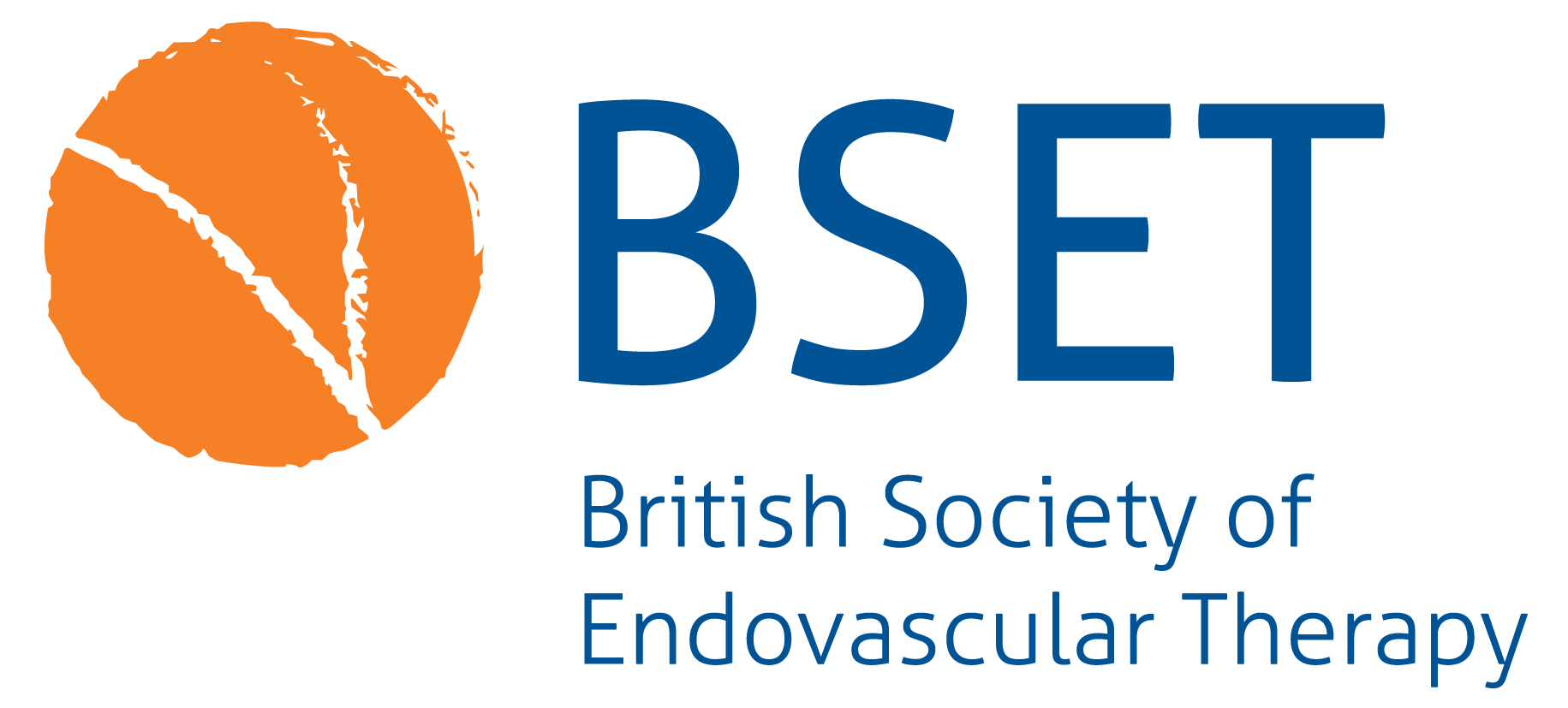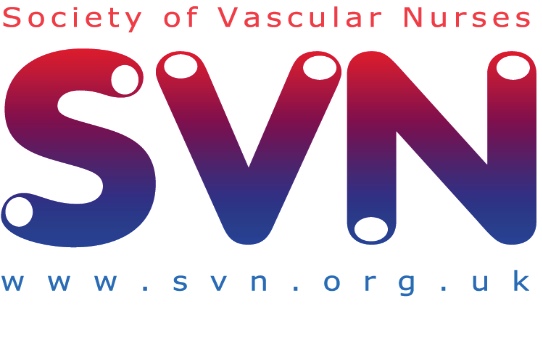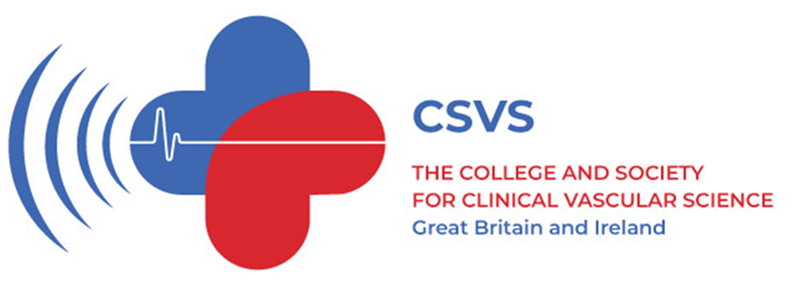Original Research
Restructuring of the UK Vascular Services: does the hub versus spoke model affect patient mortality in ruptured abdominal aortic aneurysms?
Introduction Ruptured abdominal aortic aneurysms (AAA) are a frequently fatal vascular condition with a mortality rate of up to 80%.1 The Office for National Statistics (ONS) identified over 4,000 deaths from aortic aneurysm and dissection in England and Wales in 2019, with the highest prevalence in men over 65 years old.2 Current management involves either…
Research Priorities for Carotid Conditions: results of the UK Vascular James Lind Alliance Priority Setting Process
Background Fifteen percent of ischaemic strokes are thought to be caused by thrombotic or embolic carotid artery disease, and these carotid-related strokes are commonly fatal or disabling.1 Globally, carotid disease and specifically carotid stenosis affects an estimated 21.2% and 1.5%, respectively, of those aged 39–79 years.2 In 2016, 9.6 million cases of ischaemic stroke led…
Patient-reported quality of life factors in vascular surgical wounds healing by secondary intention (SWHSI): a qualitative patient and public involvement (PPI) exploration
Introduction Over 10 million surgical interventions are performed in the National Health Service (NHS) every year.1 Most surgical wounds are closed by primary intention and the edges of the wound are held together with sutures, staples or glue. In cases of wound infection, contamination, dehiscence or where wound edges cannot be approximated, surgical wounds may…
Outcome of covered stents for severe aorto-iliac occlusive disease (AIOD) in patients with chronic limb-threatening ischaemia
Introduction The most recent iteration of the Inter-Society Consensus Document for the Management of Peripheral Arterial Disease from 2015 (Trans-Atlantic Inter-Society Consensus; TASC II) has suggested that all types of aorto-iliac occlusive disease (AIOD) may be treated using either an endovascular or open approach, provided the clinical team has sufficient expertise in the given modality,…
The role of Braden scores in predicting outcomes following revascularisation for chronic limb-threatening ischaemia and their association with frailty
Introduction Peripheral artery disease (PAD) poses a substantial healthcare burden worldwide as the third leading cause of atherosclerotic vascular morbidity.1 Chronic limb-threatening ischaemia (CLTI) induces rest pain and/or tissue loss and encompasses the end stage of PAD, developing in approximately 11% of PAD patients, and is associated with debilitating pain, poor quality of life, one-year…
Management of lower limb ischaemia using hybrid techniques: a single-centre experience
Introduction Peripheral arterial disease (PAD) is recognised as an increasing global healthcare issue.1 Chronic limb-threatening ischaemia (CLTI) resulting from PAD is the term adopted in the 2019 Global Vascular Guidelines. It is defined as ‘a broader and more heterogeneous group of patients with varying degrees of ischemia that may delay wound healing and increase amputation…











